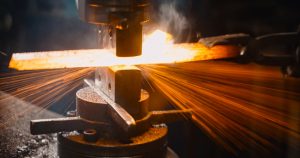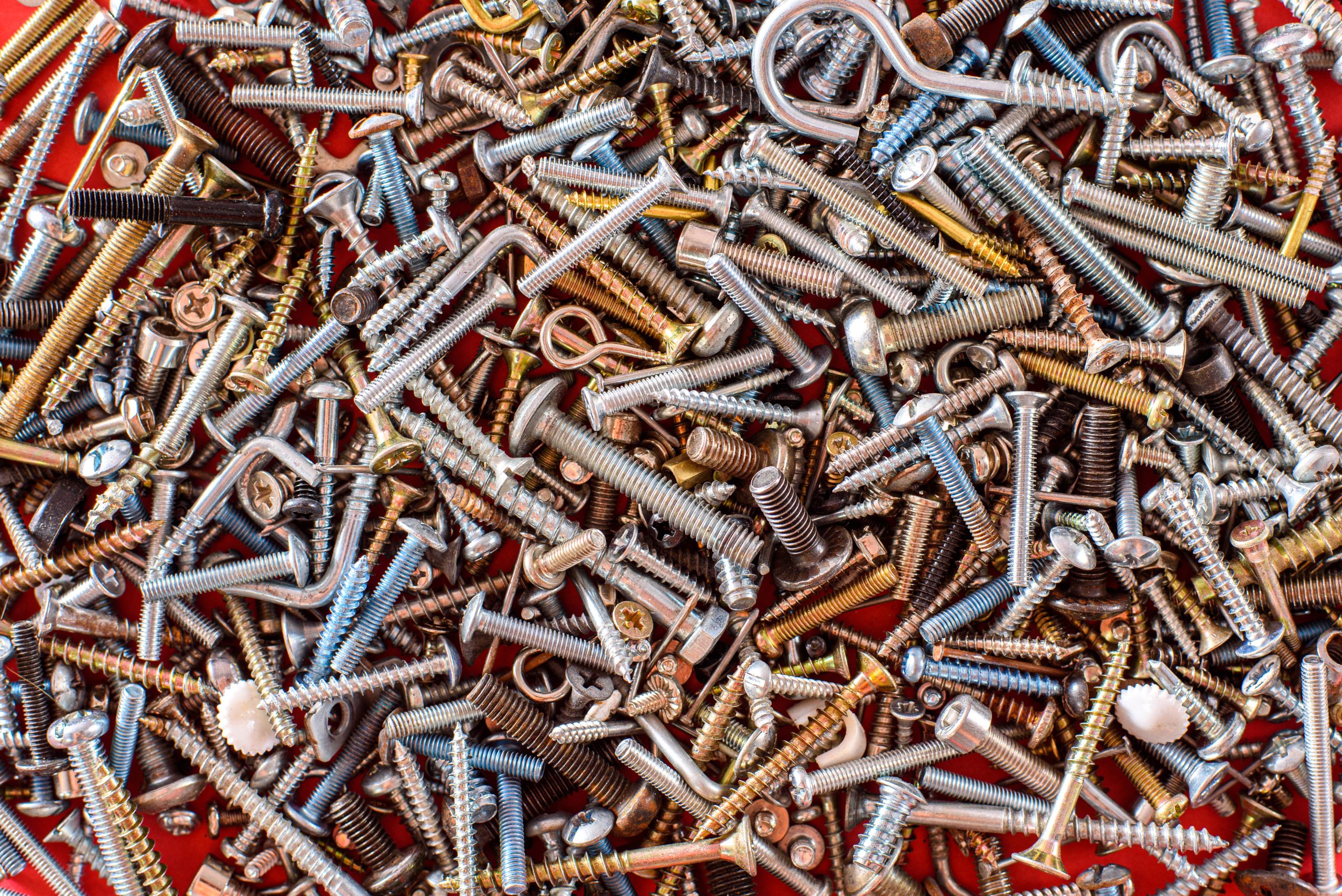
 Heat treatment is a general metallurgical term that encompasses the process of heating and cooling metals to change their physical and mechanical properties without changing shape. It’s safe to say that most heat treating is done to strengthen metals, but heat treatment can also be used as a method to alter some mechanical properties of the metal, such as improving the ability to machine it or improve its formability.
Heat treatment is a general metallurgical term that encompasses the process of heating and cooling metals to change their physical and mechanical properties without changing shape. It’s safe to say that most heat treating is done to strengthen metals, but heat treatment can also be used as a method to alter some mechanical properties of the metal, such as improving the ability to machine it or improve its formability.
Heat treatment is, in most cases, a two-stage process that involved hardening metal – usually steel — by heating it to an appropriate temperature and then quickly cooling it by quenching it in a water, oil, or molten salt bath. In other words, heat treatment involves the use of heating and cooling – usually to extreme temperatures – to achieve a desired result.
While the hardening process can produce a remarkably hard steel, unless it is tempered, it can be brittle and prone to breakage. Tempering involves heating steel that has already been quenched and hardened for some period of time to equilibrate it. Tempering hardened steel helps reduce brittleness, relieve internal stress and achieve desired mechanical properties. For example, steel can be tempered at higher temperatures to achieve high ductility (the ability to be shaped), but low strength and hardness. Lower tempering produces low ductility but high strength and hardness. Tempering is especially important for high carbon steels, such as those used in high-quality professional-grade knives, to reduce its brittleness.
At Electronic Fasteners, we can supply most grades of hardening and tempering to meet just about any customer specification and requirement for metal components. Our experienced engineers understand the art and science of hardening and tempering and can ensure that the right balance of ductility, strength, and durability is achieved. If needed, certification can be provided.


